It is a universally accepted truth that the magazine fan who has even the slightest notion of history must like it. Interview. The most legendary pop title in the West was founded by Andy Warhol in New York in 1969 under the name Interview and it was a fanzine at most strict of the sensus. It focused on friends of the artist who made films (because at that time everyone who wanted to be famous worked in cinema) and on reproducing frames from those works. Warhol believed in fame (ephemeral) and repetition (eternal): his legend is made of that creed today.
By 1972, Warhol’s popularity had skyrocketed to the point that Warhol’s publishing company Interview He proposed opening the magazine to the general public and competing with giants like Time, Newsweek either New York. It would be called Interview, to be made up of celebrity interviews done by other celebrities and, to enhance the Warhol label, he would do all the covers. He accepted everything except the latter, for whatever reason. “It would never turn out well and I would go crazy,” Bob Colacello, Warhol’s partner and director of the magazine in that second stage, recalled in his memoirs. An alternative was agreed upon, very much in the vein of the artist: that each cover, according to Colacello, “looked like a portrait made by Andy Warhol and autographed by Andy Warhol without Andy’s hand having ever touched the page.”
The mission fell to the designer Richard Bernstein (1939-2002), a New Yorker, raised among museums and ambigos of proper nightclubs, like Max’s Kansas City. It was he who decided to reinvent the logo with more letters art deco but as if drawn with lipstick; who proposed hand-coloring the cover photographs, with a mixture of gouache, pencil, airbrush and collage, very much in the style of Warhol’s lithographs; who put together, in short, one of the most iconic prints of the 20th century press. Over the next 20 years, Bernstein would paint supernovas from the Warholian universe of the likes of Cher, Faye Dunaway, Fran Lebowitz, Grace Jones, Isabella Rossellini, Patti LuPone, Molly Ringwald, Mick Jagger…
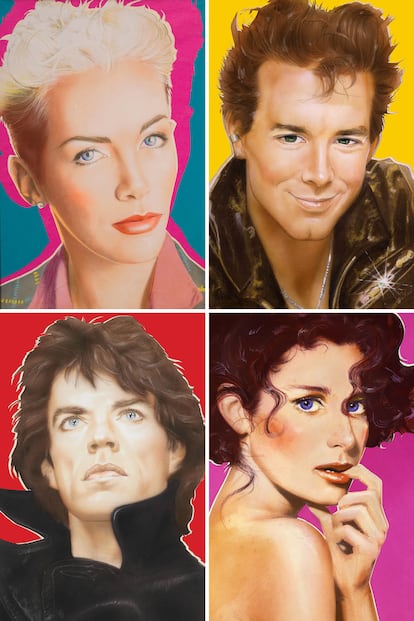
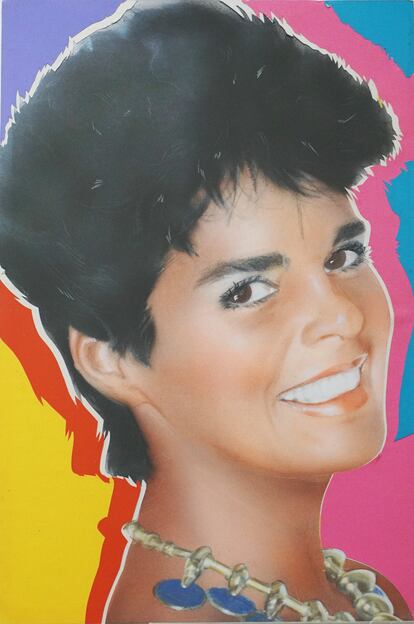
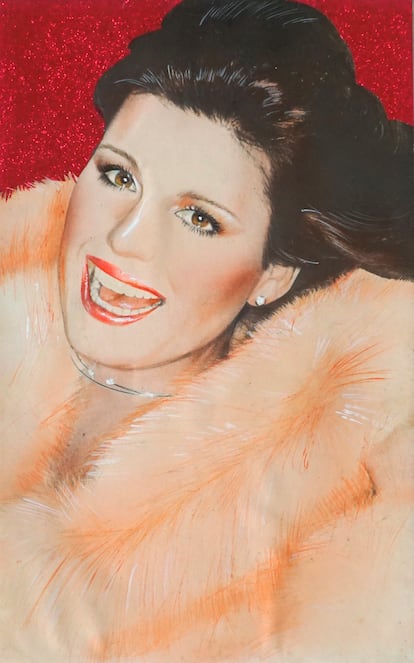
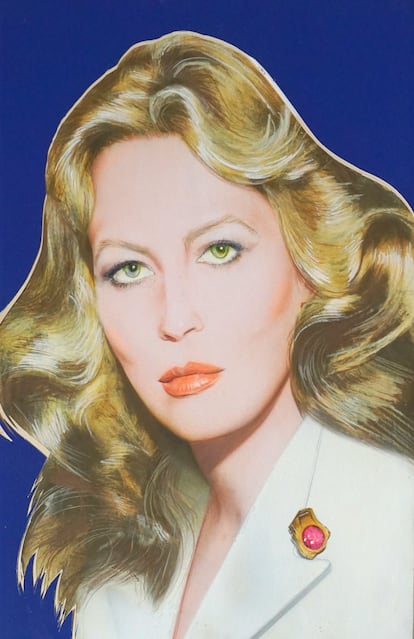

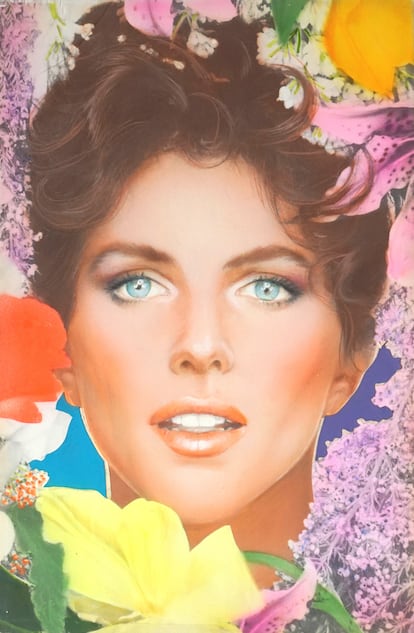
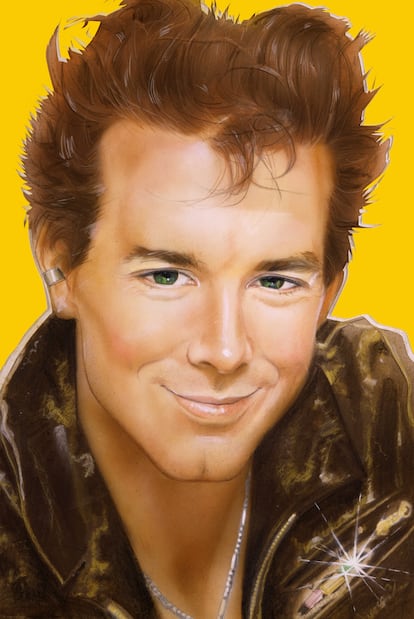
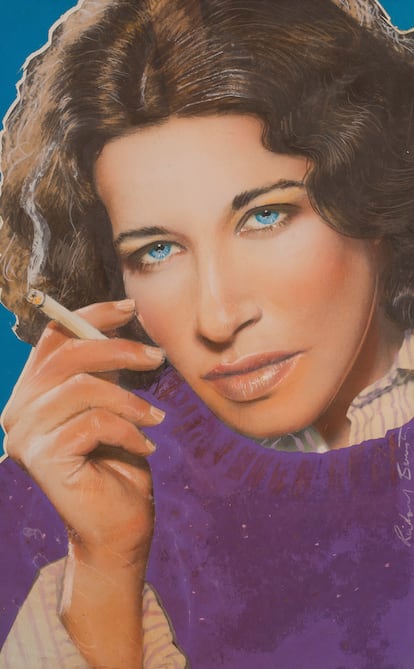
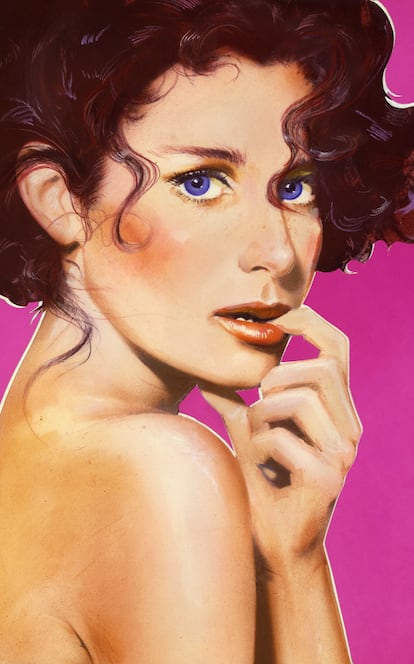
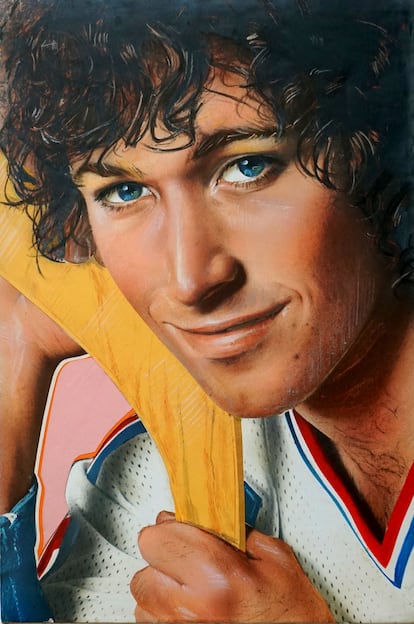

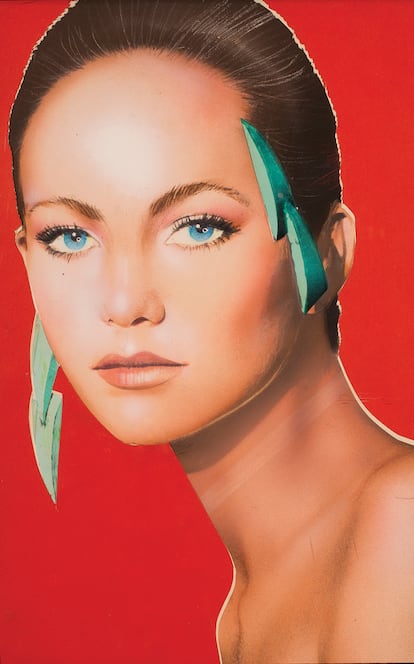

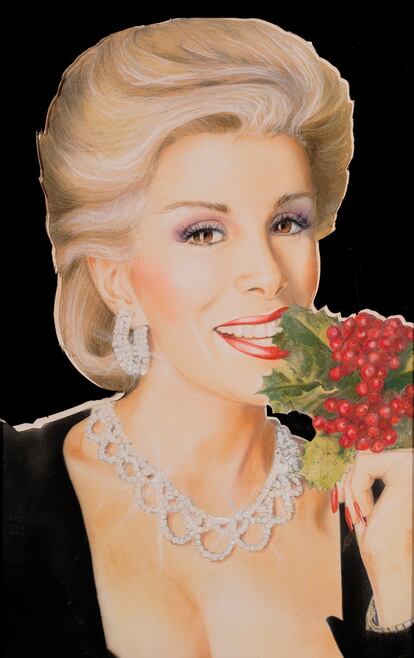

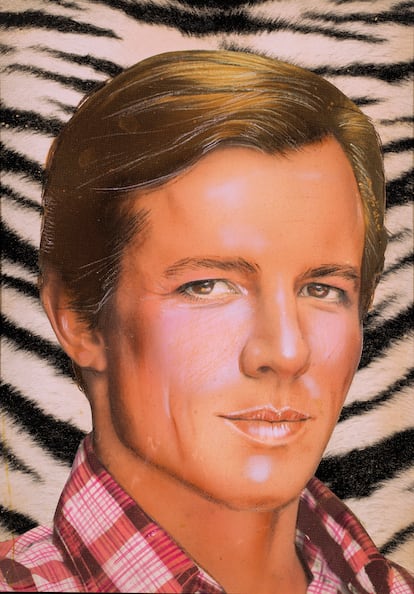
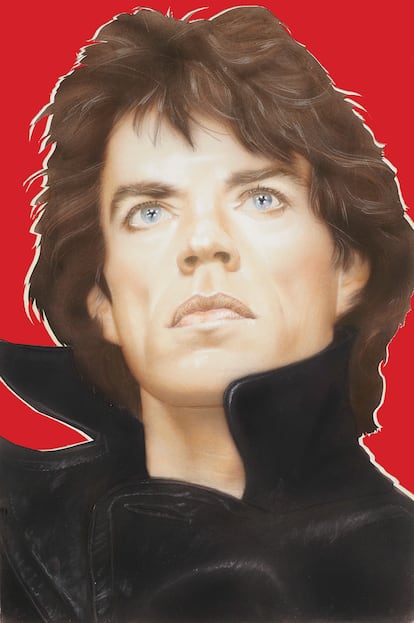
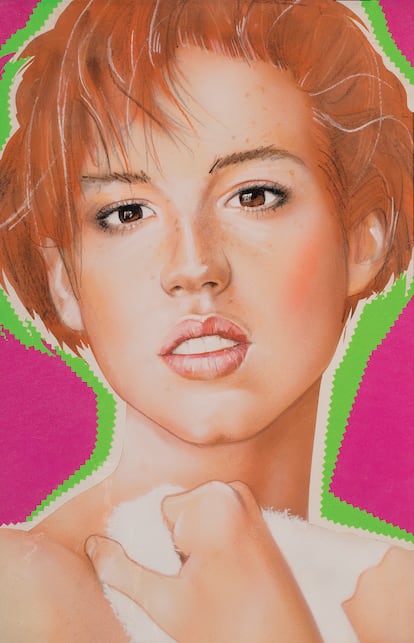
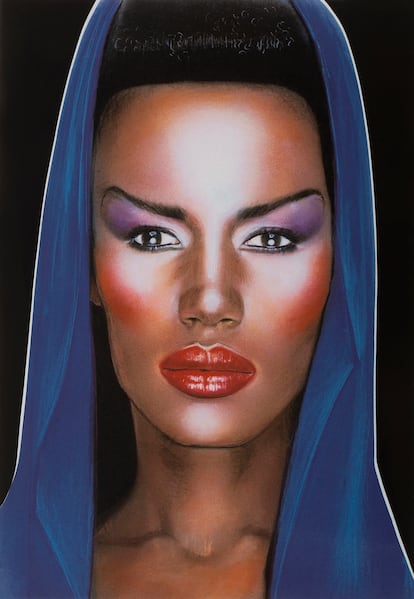
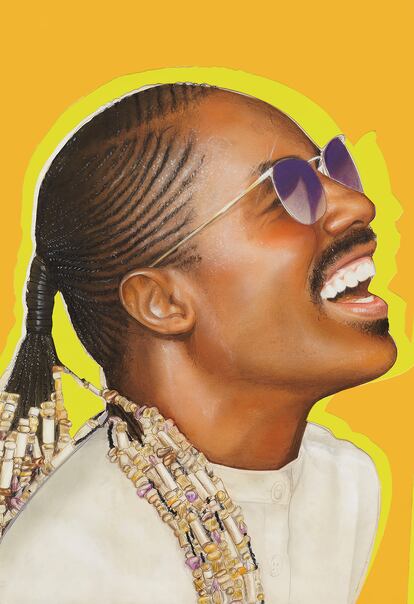
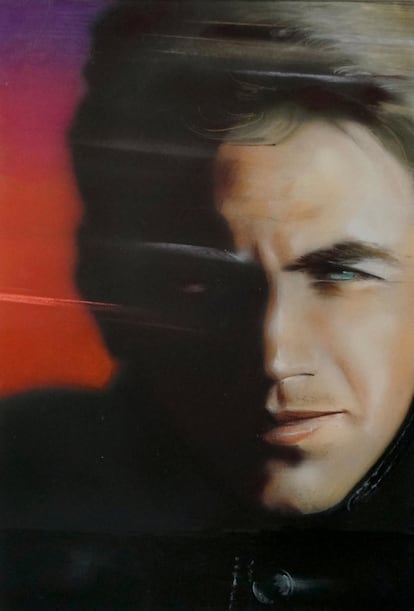
By September 1976, the formula had reached such refinement that that month’s cover, featuring Diana Ross, was the best-selling in the magazine’s history. (Warhol never knew if it was because Diana Ross was black or because the background that Bernstein had drawn was pink, the color that was popular at that time) (following his repetitive logic, Warhol asked to put “either black or pink backgrounds” during the next six months) (Colacello flatly refused).
Seen from the present, something that can now be seen in the exhibition dedicated to him by the NeueHouse Madison Square from New York until June 30, Bernstein’s work is archetypal of a way of understanding fame, communication and fashion. “It reflects its very iconic confluence of art, fashion, culture of fame and graphic design,” Rory Trifon, Bernstein’s nephew and manager of his estate, tells EL PAÍS SEMANANAL. “It’s hard to believe that Richard only had a couple of weeks to finish each portrait, including Warhol’s revisions,” he adds. Every time Bernstein finished a cover, Warhol always asked to embellish the protagonist more. His reactions could be either: “The nose looks too big, tell Richard to trim the tip with scissors and airbrush it to make it look straighter”; or: “This is a perfect cover, [la retratada] “It doesn’t even look like her.” Warhol knew that people like to see her words reflected but not so much her appearance. Or, as he used to say: “Interviews can be fun but photos aren’t.” Hence his main attachment to Bernstein: “Richard makes everyone look so famous”.
Now question the success of Interview It’s absurd: even in 2024, in the era of instant celebrity and social media autophagy, the magazine is going through a new golden age (how many can say the same?) under the unappealable direction of Mel Ottenberg. But question the success of Interview It is what makes their virtues flourish. In 1976, New York He accused Warhol of continuing to make a fanzine: “Friends who write about friends in articles that look like advertisements,” the article reads. They asked the artist who was going to read it: “Our friends and whoever appears on the cover,” the founder replied.
Interview was then a bestseller and advertiser, but Warhol was right: every reader of Interview He receives such complicity with his editor that he feels like his friend. That’s what making a magazine is all about.
Subscribe to continue reading
Read without limits
_
#identical #alike #Andy #Warhols #formula #instant #fame #today #icon #20th #century #press

